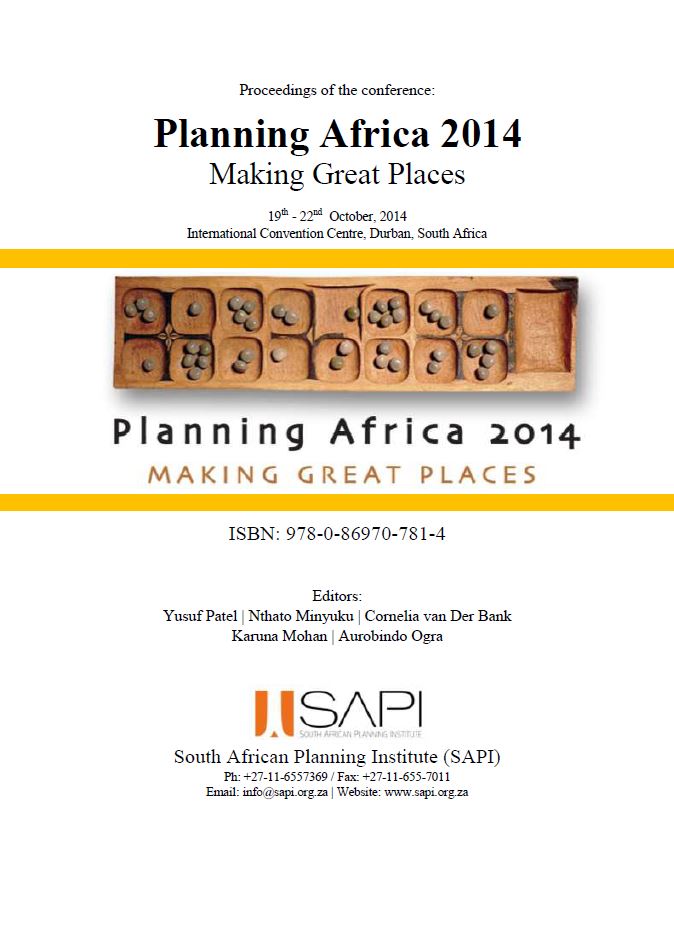The bright lights of city regions – Assumptions, realities and implications of changing population dynamics
Zooming in on the Gauteng city region

It is well known that the city regions attract migrants from across the country because of their roles as economic engines and job baskets in South Africa. To address urbanisation implications it is imperative to better understand some of the assumptions about the nature and dynamics of population growth and internal migration across the South African landscape, and in particular within the Gauteng city region as the largest of the city regions. Three key issues emerged that are related to assumptions of migration and urbanisation.
Firstly, even though poverty has been perceived as largely a rural issue, the urbanisation of poverty is in fact occurring at a large scale and city regions, particularly the Gauteng city region, is dealing with an enormous, and increasing number of poor people. Secondly, the attractiveness of city regions has caused a great increase in the proportion of young people and young work seekers. And lastly, that the biggest proportion of migration flows is occurring between metropolitan areas and that migration is not only a rural-urban process as generally believed. The other issues that emerged and that need further investigation is the reality of circular migration, the effect of changing household sizes and the ability of city regions and other settlements to absorb newcomers.


Comments